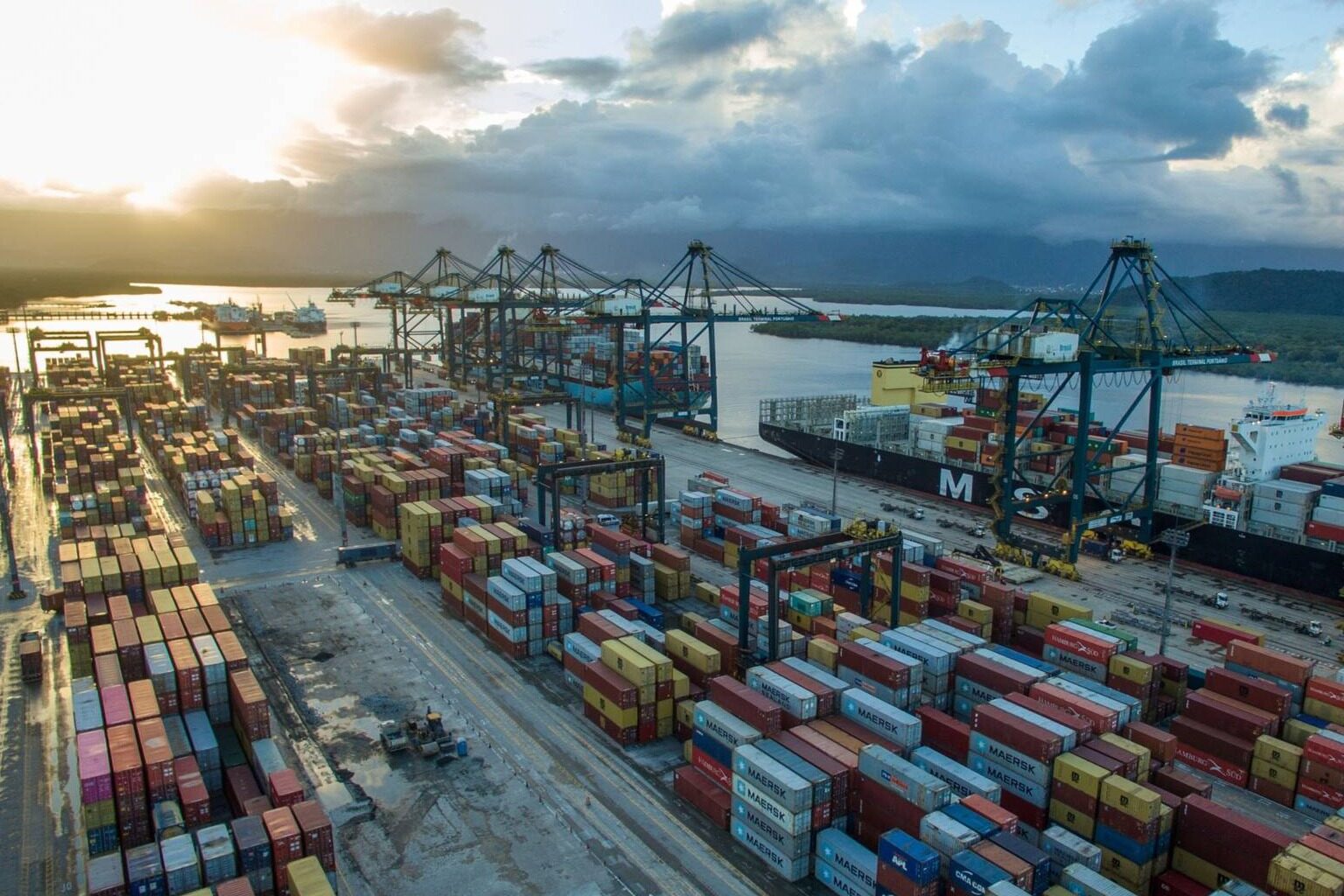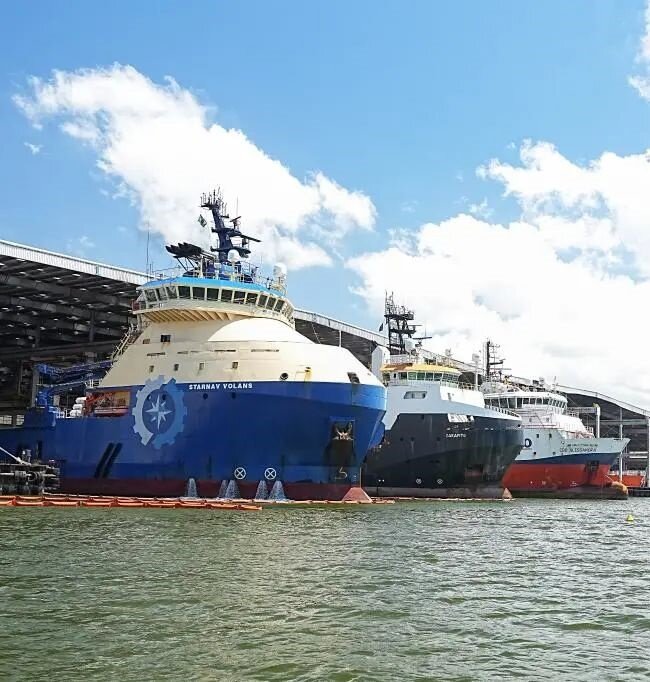- In 2022, oil transshipped through Aso Port will account for 40% of the country's total oil exports
- China has been Brazil's largest trading partner for 14 consecutive years, and the cooperation between the two parties involves manufacturing, energy and mining, infrastructure and other fields

Over the years, China and Brazil have achieved extraordinary cooperation in the energy field. Since the visit of the Brazilian President to China, Chinese enterprises have cooperated more closely with the Brazilian government and enterprises. Aso Port, located in Sao Joao da Barra, Rio de Janeiro, Brazil, is one of the youngest and most modern ports in Brazil. Since the opening of the port in 2014, the cooperation between Aso Port and Chinese enterprises has continued to deepen, and they have jointly explored new paths for energy cooperation.
Aso Port is a well-known industrial deep-water port in Latin America. It covers an area of 130 square kilometers and has 10 world-class terminals, attracting 21 companies to settle in. In 2022, Aso Port will handle 57 million tons of cargo. Brazil's oil transshipment exports through the Port of Aso accounted for 40% of the country's total oil exports.
Aso Port focuses on the development of energy transshipment and plays an important role in Brazil's energy export cooperation with China. China is an important trading partner of Brazil. Rogerio Zampronia, CEO of Brazilian Plumo Logistics Company, said that we hope to further expand cooperation with Chinese companies.

Aso Port has a long-standing cooperative relationship with Chinese companies. Since the operation of Aso Port, Chinese companies have been involved in the commercial activities of the port. Vinicius Patel, director of the Port of Aso Port Authority, said that China is a very important market for Brazil, and a considerable amount of products are shipped to China through the Port of Aso.
Natural gas project construction
In addition to energy transshipment, Aso Port is also committed to new energy power generation and low-carbon industrial development. In 2021, the first phase of the Aso Port Natural Gas Complex (GNA) project participated by China State Power Investment Corporation (SPIC) will begin commercial operation. In 2022, the second phase of the GNA project will be officially launched, and it is planned to start commercial operation in 2025.
According to reports, the GNA project includes gas-fired power plants and supporting facilities, and is jointly developed by energy companies from China, Brazil, Germany, the United Kingdom and other countries, of which SPIC holds 33% of the shares. The total installed capacity of the first and second phases of the project is about 3 GW, which can meet the electricity demand of tens of millions of local households and provide tens of thousands of local jobs.
Zamprona said that this project is very remarkable, and Chinese companies are very trustworthy partners. Patel said that the GNA project is an extremely important asset of strategic significance to Brazil, and it is one of the largest thermal power parks in Latin America.

solar energy development
Aso Port's unique wind and solar resources provide excellent conditions for new energy development. Currently, the Aso Port photovoltaic solar power generation project is under development and is expected to be delivered and operated in 2026; the 33 GW offshore wind power project has been licensed; the green hydrogen energy center is undergoing licensing review by relevant departments.
Patel revealed that the management and operation team of Aso Port plans to go to China to strengthen technical and product exchanges with partners and consolidate cooperative relations. Strengthening ties with Asian countries is part of Aso Port's strategic development. We hope to take the opportunity of energy transition and grow together with our Chinese partners. Zamprona said.Editor/Ma Xue
Comment
 Praise
Praise
 Collect
Collect
 Comment
Comment
 Search
Search














Write something~